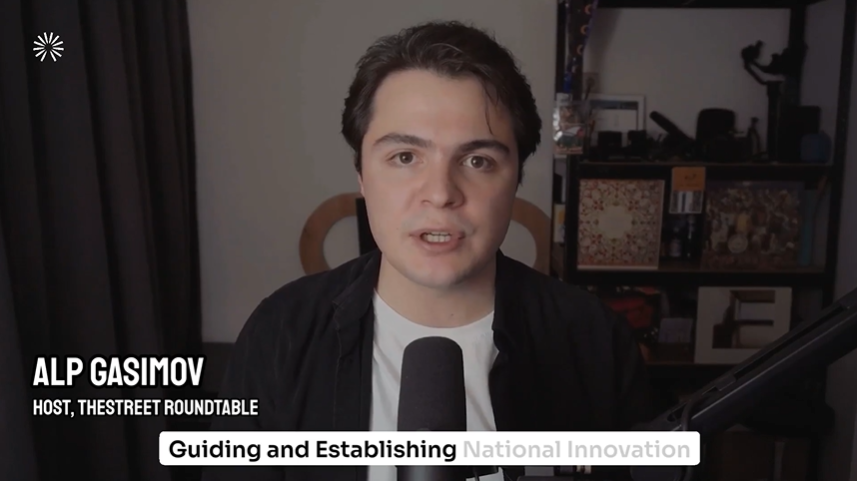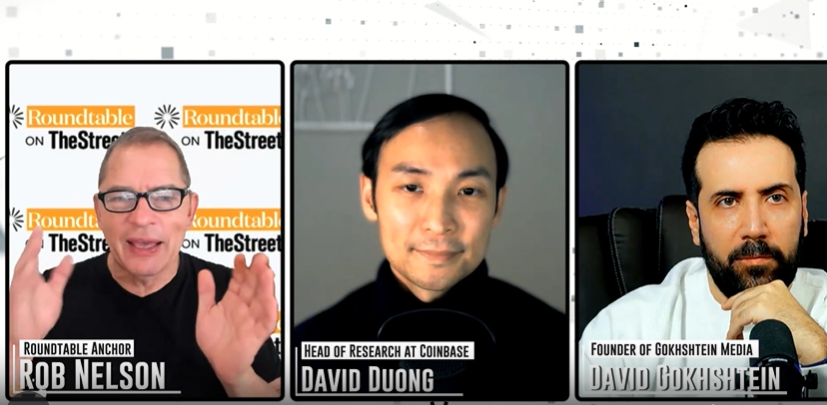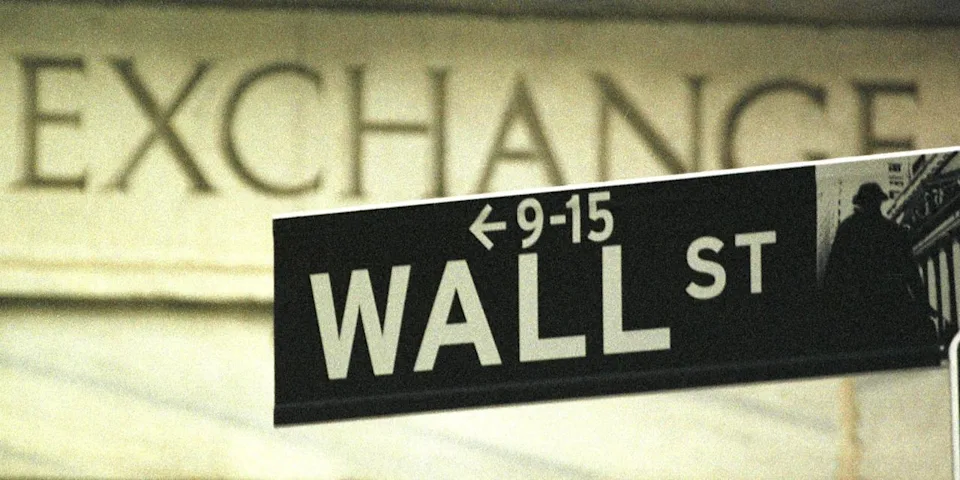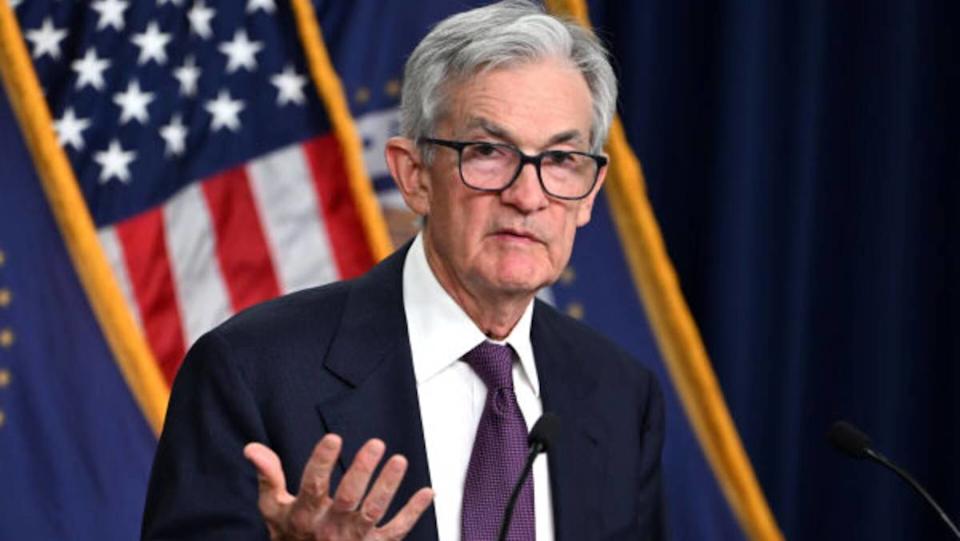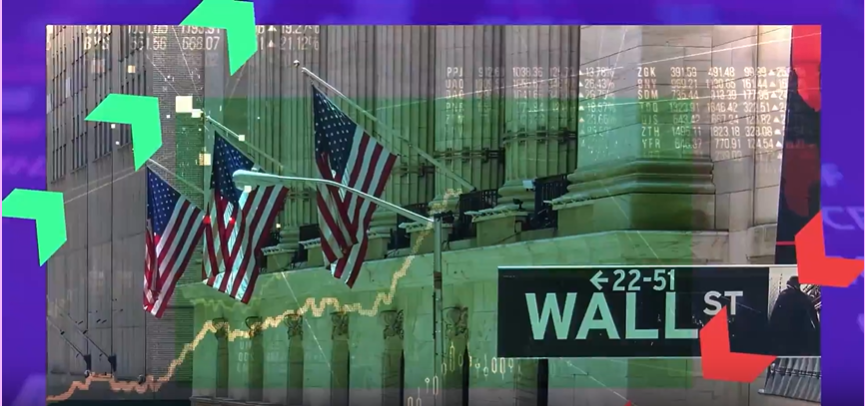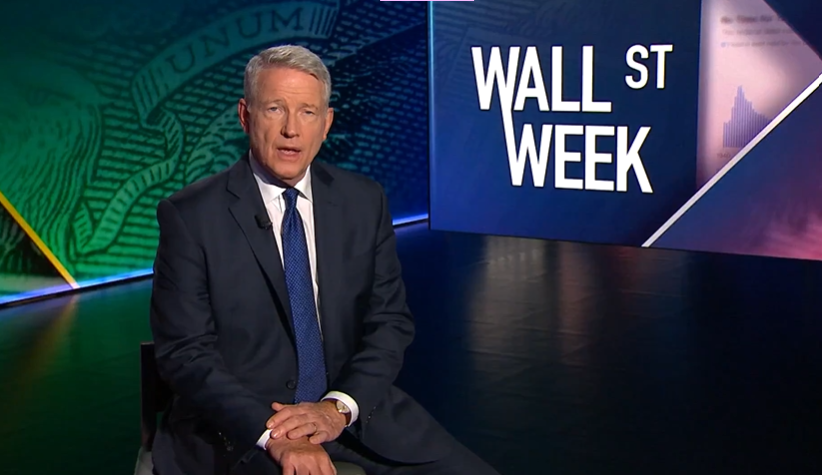U.S. makes shocking move to counter China’s de-dollarization push
https://echelonmark.com/wp-content/uploads/2025/08/echelon_video5.mp4 President Donald Trump makes no secret of the fact that the U.S. is engaged in a geopolitical competition with China. While the U.S. is still the largest economy in the world, it is closely followed by the Asian superpower. When Trump initiated the global tariff war in April, it was clear the main target was China. However, the previous Joe Biden administration also engaged in a trade war with the country. Among the many concerns of the Trump administration is China’s aggressive attempts to de-dollarize global trade in emerging markets where it holds sway. It is most manifest in China’s Belt and Road Initiative (BRI) — also referred to as the New Silk Road — the ambitious infrastructure development project that aims to connect the country to the rest of the world. The Asian giant is increasingly encouraging trade settlements in digital renminbi or e-RMB, its central bank digital currency (CBDC). In fact, the U.S. dollar payments have declined from around 80% in 2010 to 40% in 2024, and RMB payments have risen from negligible in 2010 to around 55% in 2024, the Financial Times reported in August 2024 as it cited the State Administration of Foreign Exchange. Source: FT, State Administration of Foreign Exchange To dethrone the USD’s dominance in global trade settlements, China is relying on RMB-based payments and bypassing USD-based SWIFT payment networks. Trump’s ‘genius’ to challenge China’s de-dollarization strategy On July 18, Trump signed the GENIUS Act into law to regulate stablecoins pegged to the USD. A stablecoin is a type of cryptocurrency that attempts to stabilize its value, unlike traditionally volatile cryptocurrencies such as Bitcoin, by being pegged to a traditional currency like the USD or a commodity like gold. The GENIUS Act only concerns itself with stablecoins pegged 1:1 to the USD. The Trump administration is aggressively promoting a digital assets economy, and stablecoins are a dominant segment. However, stablecoins could also be a possible “counter-balance” to de-dollarization trends in emerging markets, as per a recent stablecoin report by the on-chain data analytics platform Messari. David Krause, Emeritus Professor, Finance Department, Marquette University, recently wrote in a paper that Messari cited: “The Trump administration’s promotion of dollar-backed stablecoins represents a strategic effort to reinforce the dollar’s global role amid increasing discussions on dedollarization.” Trillions of dollars anticipated As per DeFiLlama, the total stablecoin market cap is $263 billion at the time of writing. Tether’s USDT and Circle’s (NYSE: CRCL) USDC account for more than 86% of the market share. Source: DeFiLlama Other coins like Trump-backed USD1, Ripple’s RLUSD, and PayPal’s PYUSD are also making inroads in the already growing market. Ripple CEO Brad Garlinghouse recently said many people think the stablecoin market will reach $1 trillion-$2 trillion in “a handful of years.” However, it is yet to be seen if it will grow big enough to challenge China’s attempts to de-dollarize the global economy.

